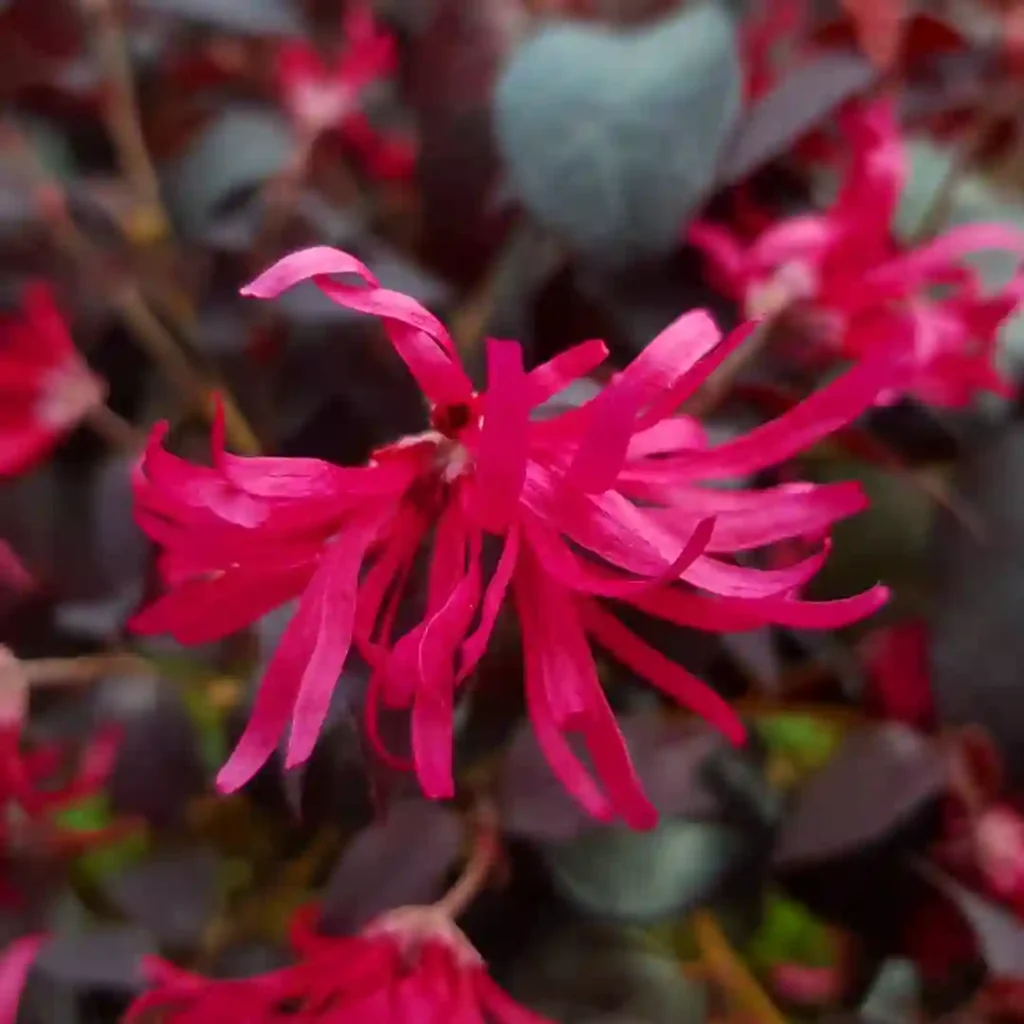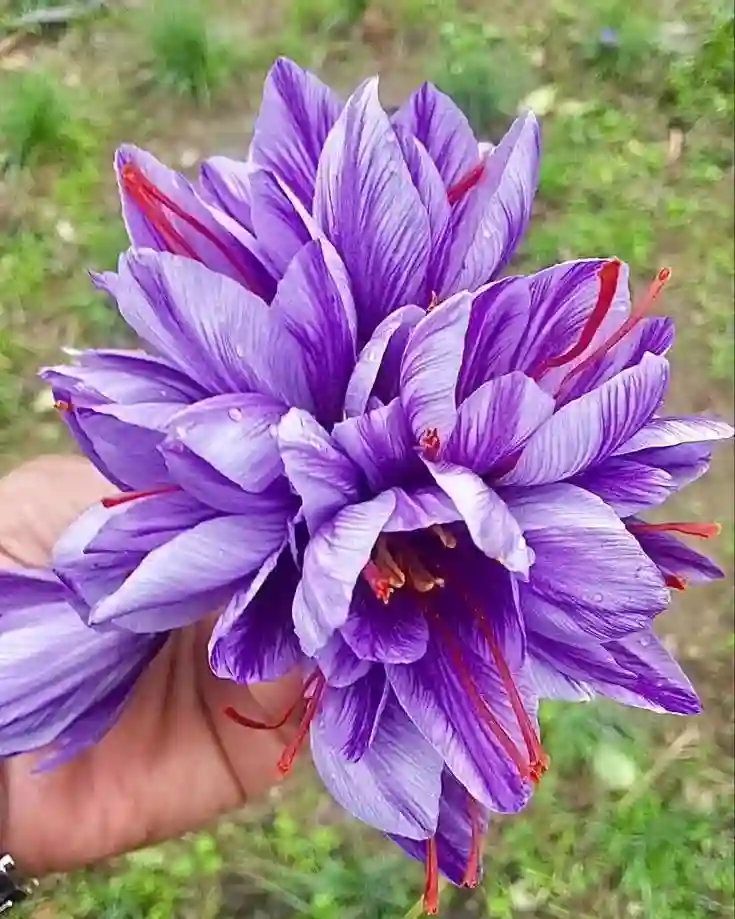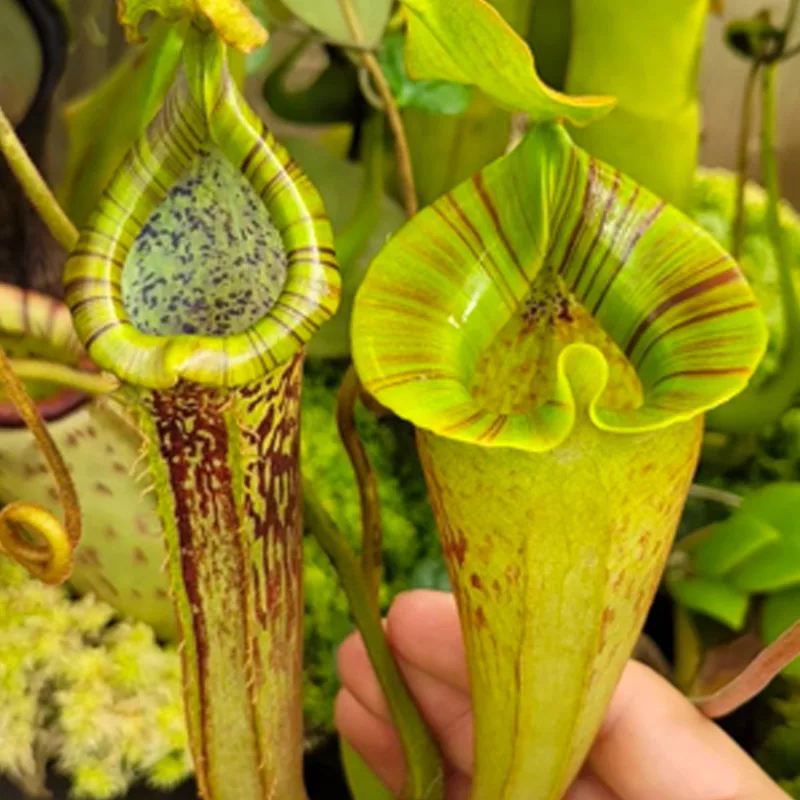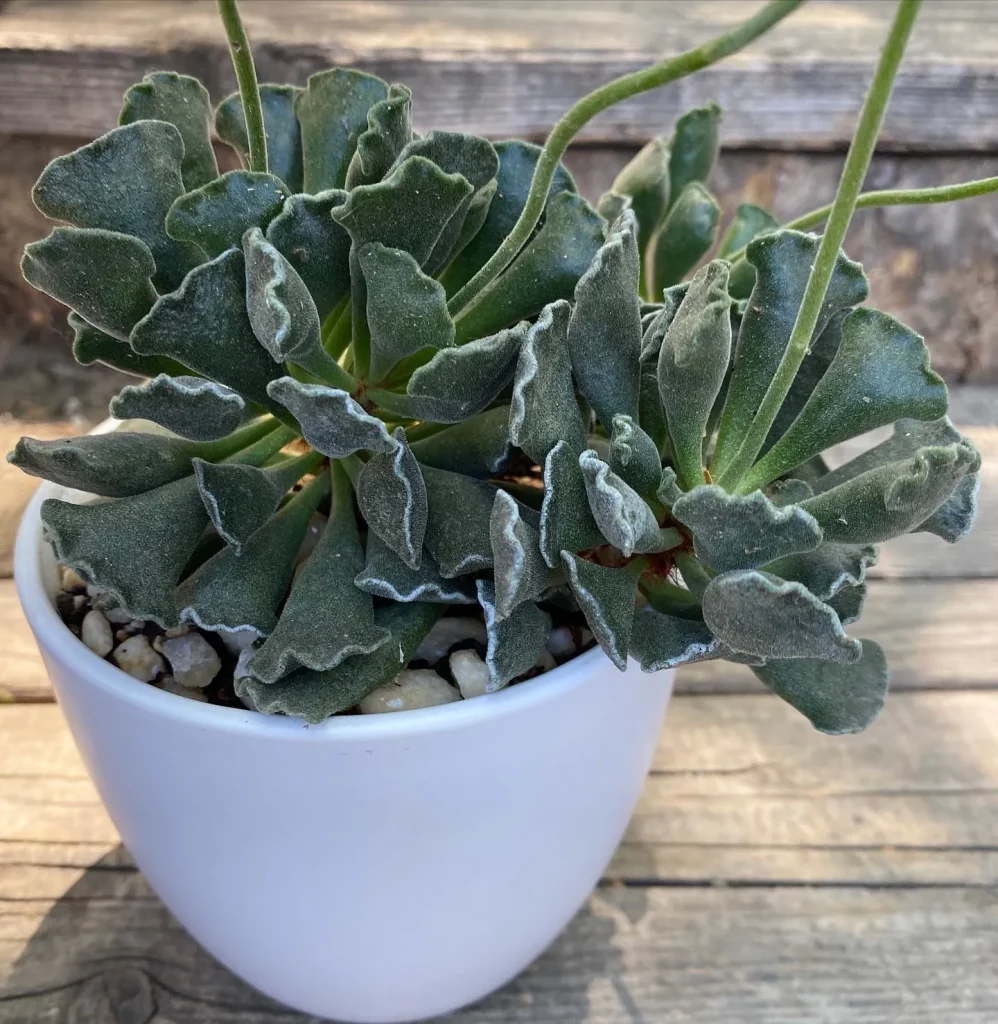Exploring the Velloziaceae Family
The Velloziaceae family is a fascinating group of plants that I’ve recently delved into, and it’s become a significant area of interest for me. Known for their unique adaptations to harsh environments, members of this family thrive in dry, often rocky habitats, making them intriguing specimens for both botanists and plant enthusiasts.
Overview of the Velloziaceae Family
The Velloziaceae family consists of several genera, each exhibiting distinct characteristics. Some of the most notable genera include Acanthochlamys, Barbacenia, Barbaceniopsis, Nanuza, Vellozia, and Xerophyta. These plants are primarily native to tropical and subtropical regions, particularly in South America and Africa. Their resilience to drought and extreme temperatures is remarkable, showcasing nature’s ability to adapt and survive in challenging conditions.
Acanthochlamys: The Resilient Survivor
Acanthochlamys is a genus that stands out to me. These plants are typically found in rocky outcrops, where they have developed unique adaptations to conserve water. Their leaves are often thick and fleshy, reducing surface area and minimizing water loss. I’ve come across some beautiful specimens, characterized by their striking flowers that attract various pollinators. The vibrant colors of Acanthochlamys flowers are a true testament to the beauty that can arise in arid landscapes.
Barbacenia: An Intriguing Genus
Moving on to Barbacenia, I find this genus particularly fascinating due to its varied morphology. Barbacenia species often have a rosette shape, with leaves forming a circular pattern. This structure allows them to capture and store water efficiently. I’ve observed that some species produce stunning inflorescences, often in shades of yellow and orange. These flowers not only serve an ecological purpose by attracting pollinators but also provide a splash of color against the backdrop of their often austere environments.
Barbaceniopsis: A Unique Variation
Barbaceniopsis is another genus I’ve come to appreciate. While closely related to Barbacenia, Barbaceniopsis has its own distinct features. The leaves tend to be narrower and more elongated, creating a different aesthetic. I’ve seen these plants grow in slightly wetter conditions compared to their Barbacenia relatives, which highlights the diversity within the Velloziaceae family. It’s interesting to note how these adaptations allow them to thrive in varying environments, demonstrating the importance of ecological niches.
Nanuza: The Lesser-Known Gem
Nanuza is a genus that often flies under the radar. Despite its lesser-known status, I’ve found its characteristics to be captivating. These plants exhibit a more understated beauty, with simple yet elegant forms. They thrive in sandy soils, where their root systems are adapted to seek out moisture deep within the ground. Nanuza serves as a reminder that beauty doesn’t always have to be flamboyant; sometimes, it lies in subtlety and resilience.
Vellozia: The Family Icon
When discussing the Velloziaceae family, it’s impossible to overlook Vellozia. This genus is arguably the most recognized within the family and is often used as a reference point for understanding the adaptations of Velloziaceae. Vellozia species are characterized by their grass-like appearance, and I’ve seen them thrive in some of the most inhospitable environments. Their flowers are typically tubular, attracting a variety of pollinators, which plays a crucial role in their reproduction.
Xerophyta: The True Drought Expert
Lastly, Xerophyta deserves mention for its extraordinary adaptations to drought. I’ve often marveled at how these plants can survive extended dry periods, only to spring back to life with the first rains. Xerophyta species have developed thick, waxy coatings on their leaves, which serve as a protective barrier against moisture loss. Observing these plants in their natural habitat has deepened my appreciation for the resilience of life in arid regions.
Conclusion: The Beauty of Adaptation
In conclusion, the Velloziaceae family encompasses a remarkable diversity of genera, each with unique adaptations to their environments. From the vibrant blooms of Acanthochlamys to the understated elegance of Nanuza, there’s much to appreciate within this family. My journey into the world of Velloziaceae has not only expanded my knowledge of plant biology but has also deepened my respect for the resilience of nature. Each time I encounter these plants, I’m reminded of the beauty that can emerge from even the harshest conditions, inspiring me to continue exploring the wonders of the botanical world.
If i die, water my plants!



